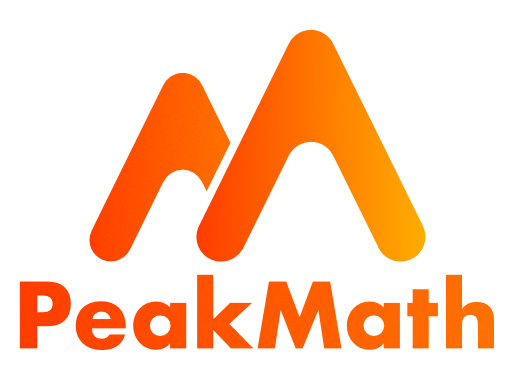RH Saga
The RH Saga may be the first ever online course about the Riemann Hypothesis and the theory of L-functions.
In Season 1, we build an overview or “cosmology” of the L-function landscape, the most immortal problems, and the dream of finding a new “F1-geometry”.
In Season 2, we will focus on L-functions of degree 1, where almost all concepts from Season 1 can be made very explicit and computational. Among many other things, we will use Bernoulli polynomials to express the Generalized Riemann Hypothesis in an accessible manner.
From Season 3 and onwards, we plan to cover the Weil Conjectures and many classical topics from the theory of L-functions, all with the aim of finding clues to an ultimate theory of F1.
Throughout the course, you will learn how to do your own computations with prime numbers and L-functions in Sage.
-
E1: The Dream
E2: L-functions and Langlands
E3: L-functions and GRH
E4: Axioms for L-functions
E5: Operations on L-functions
E6: Invariants and Millennium problems
E7: The BSD conjecture (part 1)
E8: The BSD conjecture (part 2)
E9: Special values of L-functions
E10: Amplitudes
E11: Positivity
E12: Local zeta functions
E13: The Weil Conjectures
E14: Addition and multiplication
E15: The F1 literature
E16: The Voyage -
There is a way to approach the Generalized Riemann Hypothesis via Bernoulli numbers and Bernoulli polynomials. Through our own computations with L-functions and L-functionals, we build an understanding of many of the key ideas that could one day lead to an actual proof of RH. In particular, we will see how the idea of positivity is connected to the dream of finding the “field with one element”.
-
One of the greatest mathematical achievements of the 20th century was the discovery and the subsequent proofs of the so-called Weil Conjectures. These conjectures (now theorems) say that local zeta functions satisfy four incredible properties, including a local version of the Riemann Hypothesis. By studying the Weil Conjectures, we hope to discover clues to a future proof of classical RH.
-
In subsequent seasons, we will look at global analogues of the Weil Conjectures, build a better understanding of the absolute Grothendieck ring and its dual, and encounter many well-known and less known phenomena from the world of motives and modular forms. The hope is to tie all of this together at the end, in a new approach to the field with one element.

